Toward the end of the 17th century, a smaller building stood in the place of today’s Great Annexe (Officer Cadets School). It served as a kitchen, where meals were prepared for the residents of the Bathhouse of Stanisław Herakliusz Lubomirski. In the time of Stanisław August, the building was considerably expanded (according to a design by Domenico Merlini) and then named the Great Annexe.
The exterior of the one-storey building, which had been designed on a rectangular horseshoe floor plan, was raw and simple as it was used to serve the Palace on the Isle. Apart from the kitchen, pantry and cellar for alcoholic beverages, the Great Annexe contained residential rooms. Several of them were occupied by Elżbieta Grabowska, a long-standing friend of the king; members of Stanisław August’s court lived here too: Major General Arnold Byszewski, cup-bearer Antoni Luciński, head cook Paul Tremo, royal butler and servant Ludwik Brunet and pageboys of Stanisław August.
Until the outbreak of World War I, the kitchen was connected with the Palace on the Isle by a roofed wooden corridor lined with a marble floor.
Officer Cadets School
In 1822, the Great Annexe was handed over to the Infantry Cadets School from which the name of the building currently in use originates - the Officer Cadets School.
Piotr Wysocki (1797-1875)
He studied at the Infantry Cadets School in Warsaw, where he became lecturer in 1828. He was an infantry instructor, but he did not teach military subjects only. He founded a secret patriotic association called Sprzysiężenie Wysockiego (Wysocki’s Plot). After the start of the uprising, he was appointed captain and adjutant of the commander-in-chief Michał Radziwiłł. He took part in many battles of the uprising and gained the rank of colonel through service. In 1831, he was taken prisoner by the Russians and deported to Siberia. As a result of an amnesty in 1857, after a quarter of a century, he returned to Poland and settled down in the town of Warka. His bust stands in the Łazienki Park, near the Officer Cadets School.
| Day of the week | Opening hours | ||
|---|---|---|---|
| Tuesday | 10:00 - 18:00 | ||
| Wednesday | 10:00 - 18:00 | ||
| Thursday | 10:00 - 18:00 | ||
| Friday | 10:00 - 18:00 | ||
| Saturday | 12:00 - 20:00 | ||
| Sunday | 10:00 - 18:00 | ||
| Holidays | Opening hours |
|---|---|
| 2025.04.20 (Sunday) | x |
| 2025.04.21 (Monday) | x |
| 2025.05.01 (Thursday) | x |
| 2025.05.03 (Saturday) | x |
| 2025.06.19 (Thursday) | x |
| 2025.08.15 (Friday) | x |
| 2025.11.01 (Saturday) | x |
| 2025.11.11 (Tuesday) | x |
| 2025.12.25 (Thursday) | x |
| 2025.12.26 (Friday) | x |
| Tickets | |
|---|---|
| free admission | |
| when? | name | where? | about what? | for free | for children | |
|---|---|---|---|---|---|---|
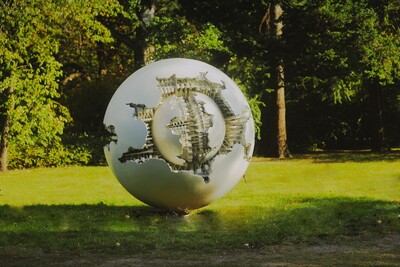 | 2022.07.09-2026.12.31 | Arnaldo Pomodoro "Sfera con sfera" Temporary exhibition | The Modernist Garden ul. Agrykola 1 00-467 Warszawa Mazowieckie | sculpture | yes | |
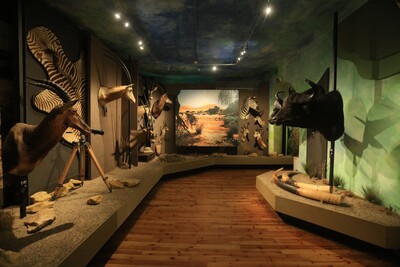 | Eyeball to Eyeball Permanent exhibition | The Museum of Hunting and Horsemanship ul. Agrykola 1 00-460 Warszawa Mazowieckie The exact location of the exhibition Cantonists' Barracks | yes | |||
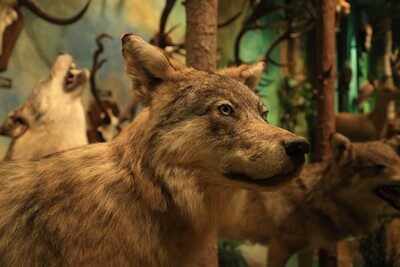 | In the Field and in the Woods. Part I: Forest Permanent exhibition | The Museum of Hunting and Horsemanship ul. Agrykola 1 00-460 Warszawa Mazowieckie The exact location of the exhibition Cantonists' Barracks | yes | |||
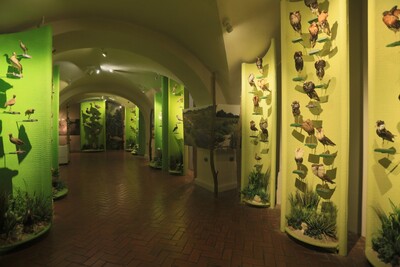 | In the Field and in the Woods. Part II: Birds Permanent exhibition | The Museum of Hunting and Horsemanship ul. Agrykola 1 00-460 Warszawa Mazowieckie The exact location of the exhibition Cantonists' Barracks | yes | |||
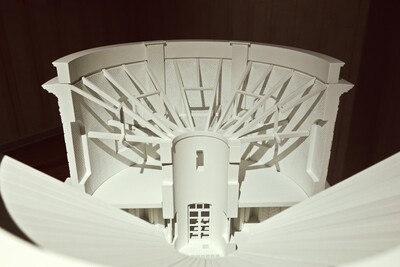 | Permanent exhibition Permanent exhibition | The Water Tower Place temporarily unavailable ul. Agrykola 1 00-467 Warszawa Mazowieckie | ||||
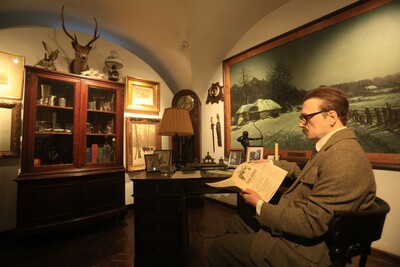 | Polish Hunting Room of the 19th and 20th Century Permanent exhibition | The Museum of Hunting and Horsemanship ul. Agrykola 1 00-460 Warszawa Mazowieckie The exact location of the exhibition Cantonists' Barracks | yes | |||
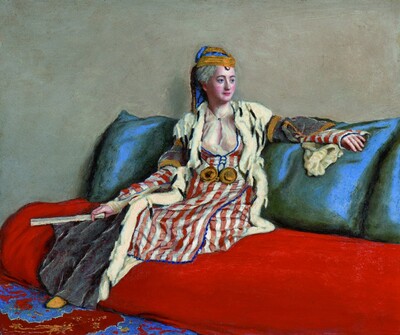 | Royal Picture Gallery of Stanisław August Permanent exhibition | The Palace on the Isle ul. Agrykola 1 00-467 Warszawa Mazowieckie | ||||
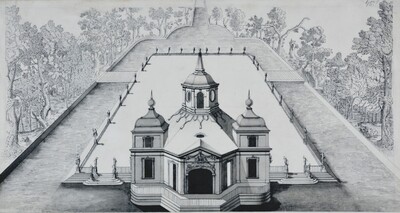 | The Royal Collection of Prints of Stanisław August Permanent exhibition | The White Pavilion Place temporarily unavailable ul. Agrykola 1 00-467 Warszawa Mazowieckie | graphics and drawing, painting | |||
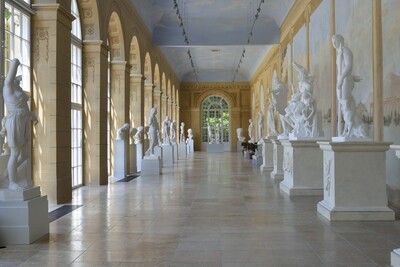 | The Royal Sculpture Gallery Permanent exhibition | The Old Orangery ul. Agrykola 1 00-467 Warszawa Mazowieckie | ||||
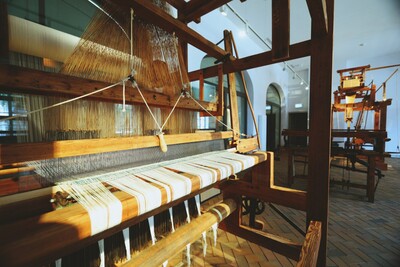 | The royal weaving workshop Permanent exhibition | The Museum of Hunting and Horsemanship ul. Agrykola 1 00-460 Warszawa Mazowieckie The exact location of the exhibition The Kubicki Stables | yes | |||
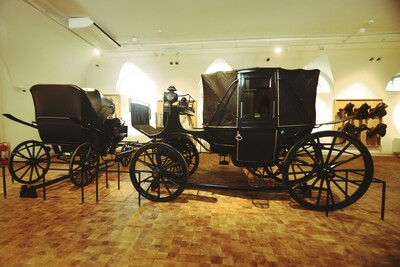 | Zbigniew Prus-Niewiadomski Coach House Permanent exhibition | The Museum of Hunting and Horsemanship ul. Agrykola 1 00-460 Warszawa Mazowieckie The exact location of the exhibition The Kubicki Stables | yes |